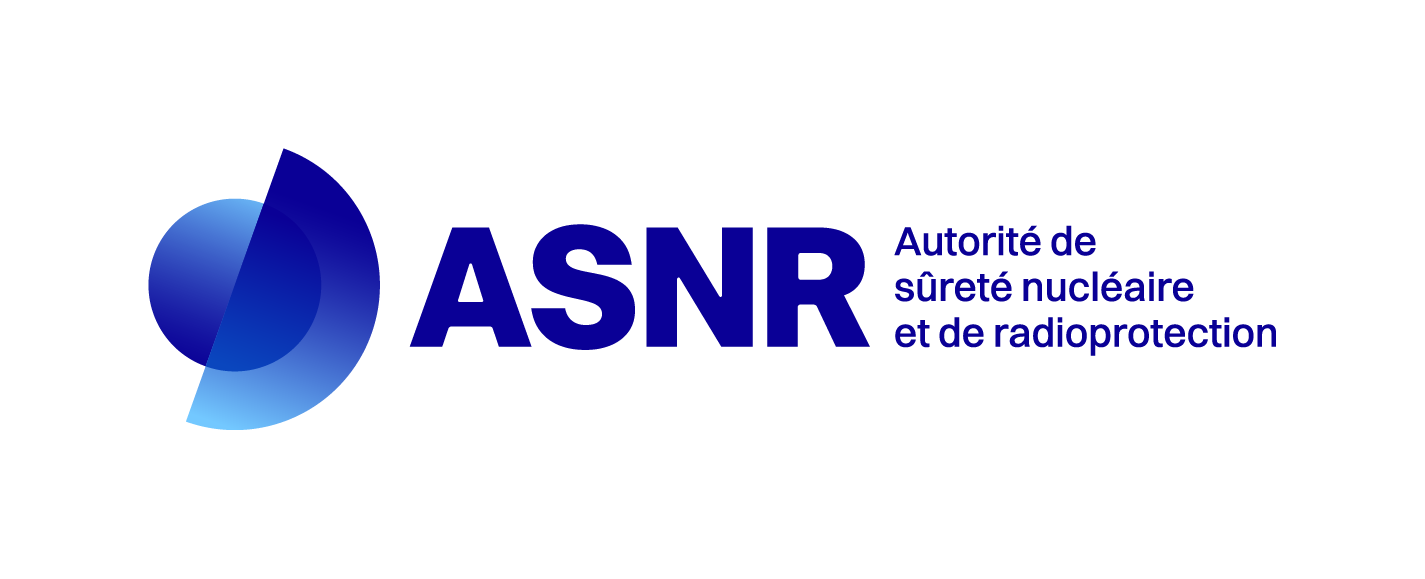Healthy tissue doses in a pulmonary stereotactic treatment using the Cyberknife: Application of two dosimetric methods
Résumé
Introduction. Radiotherapy is a double-edged sword as this technique inevitably irradiates healthy tissues. This exposure may consequently trigger radio-induced complications. In recent years, assessing the risks induced by radiotherapy became a major concern as patients’ life expectancy improves and as modern techniques irradiate a more important tissue volume 1. Risks are directly correlated to the dose delivered to the volume of healthy organs. However, precisely determining those doses remains an important challenge 2. In that context, two approaches were investigated at IRSN to determine normal tissue doses: a Monte-Carlo (MC) model of the Cyberknife and an experimental tool using EBT3 films. In this study, we apply those tools to determine the doses delivered in a Cyberknife stereotactic treatment of the pulmonary region.
Methods. The ATOM adult male phantom (CIRS) was scanned at the CFB (Caen). A target volume in the lung and several organs were delineated on this scan using the Multiplan TPS. A treatment plan was optimized and calculated using both RayTracing and the TPS MC algorithm. EBT3 films were prepared with a rigorous protocol and were placed between each phantom’s slice. Then the phantom was irradiated following the treatment plan. From the film measurements, the doses were reconstructed in 3D with a tool developed at IRSN 3 using MatLab. Moreover, the 55 treatment beams were simulated using a PENELOPE model of the Cyberknife validated for precise out-of-field dose determination 4.
Results. RayTracing largely overestimates the healthy tissue doses whereas out-of-field doses are underestimated by MC TPS in comparison with the films. Discrepancies can be as high as 58% in the heart for MC TPS. Those discrepancies reach 33% and 256% for MC TPS and RayTracing respectively regarding the mean head and neck dose (measured at 9.1 cGy) and 32% and 623% respectively in the kidney (measured at 5.0 cGy). The pelvic mean dose (area not included in the CT scan) is estimated at 1.8 cGy with the films.
Conclusions. This study enables to show the incorrect evaluation of the Multiplan TPS regarding out-of-field doses. The MC simulations are currently ongoing and will complete the results of this experimental study. Those dose evaluations could be used to estimate adverse effects risks induced by the treatments.
